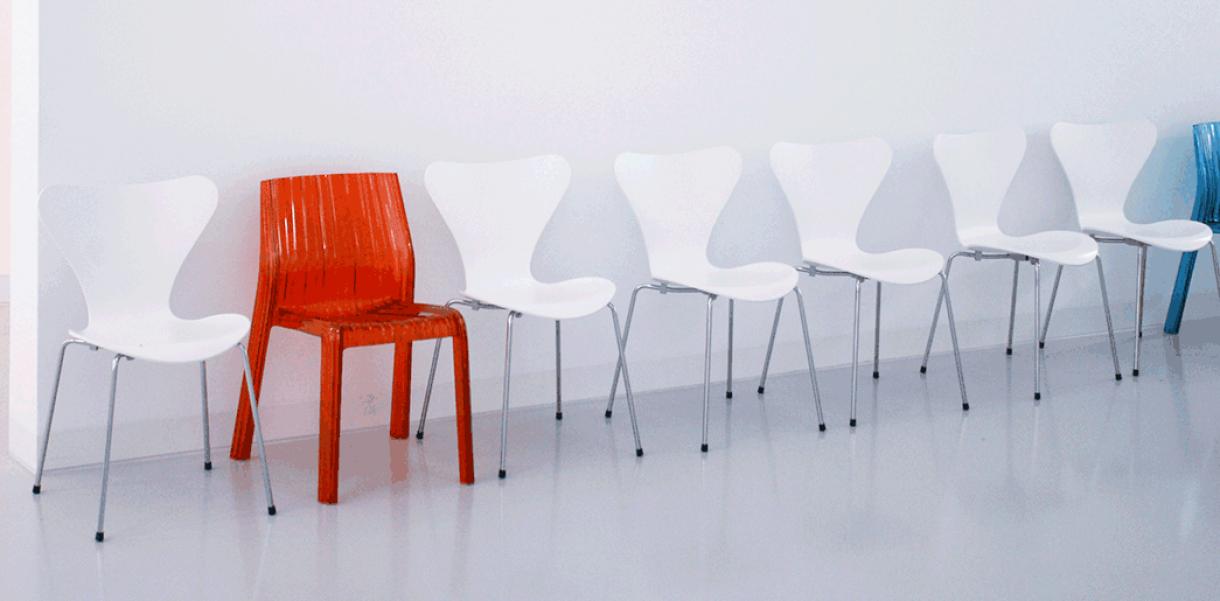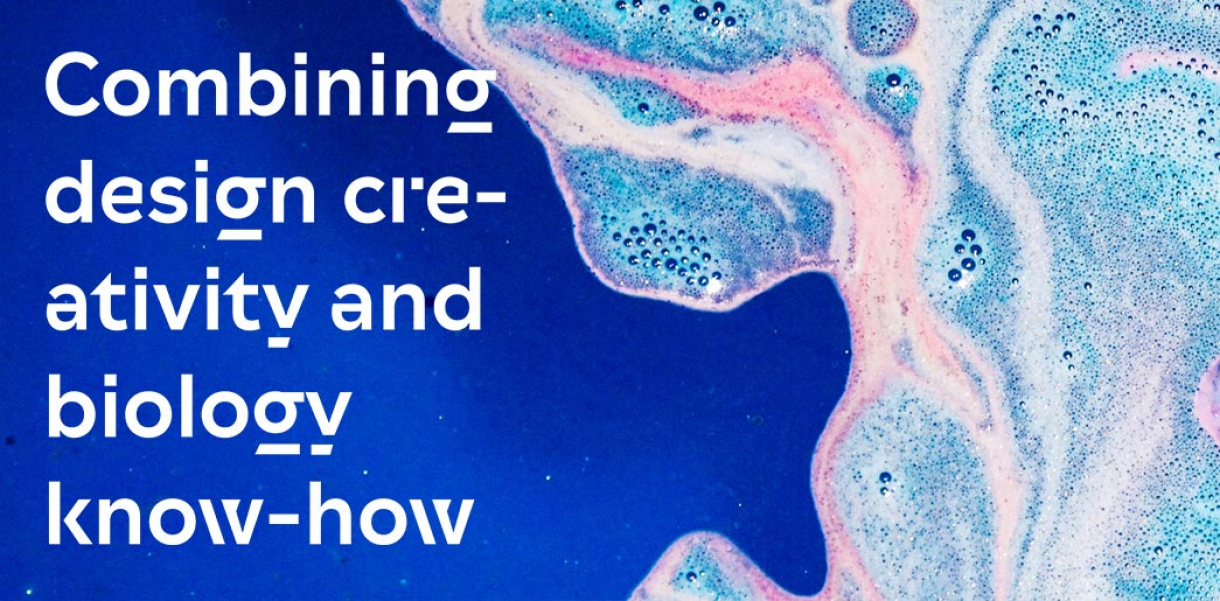One of the ways I explain — to myself as well as to others — how design can improve lives is by pointing to the essential things in our surroundings we rarely devote attention to.
To most of our consciousness, the design element in everyday life is almost non-existent. Why? We've grown accustomed to expecting that it's just there and that it works — and are only reminded of it when it doesn't.
But before we can understand how design is instrumental in improving lives, maybe we must first acknowledge how it has contributed to and shaped our way of living throughout history.
This is where I'd like to share an excellent podcast series with you. Essentially, the show is about all the thoughts that go into the things we don't think about — the unnoticed architecture and design that shape our world, the part that's 99% Invisible. The show not only opened my eyes to the podcast genre in general, but, it helped me understand how design exists in literally everything.
We tend to look at the rather obvious and spacious design, such as buildings, transport, infrastructure and technology to find examples of how design has made a difference in our lives. Instead, I find it rewarding to explore the elements that you're unlikely to associate with design. Such as football rules, banknotes, the ringtone on your phone and your neighbour's lawn, "Grass may be a plant, but a lawn is a highly designed object," as phrased in episode 177 Lawn Order.
"I find it rewarding to explore the elements that you're unlikely to associate with design."
Or what about seating? The evolvement of seating design tells a story of a changing society from the perspective of cultural norms, industrial movements and political vibrations across communities.
Seating is related to authority, class and need and isn't always about a chair. By some, the Neolithic village of Skara Brae in Scotland, seen below, is perceived as the earliest known seating, dating back to 3200 BC.
Centuries ago sitting down was reserved for the wealthy and powerful (in some areas of the world it still is). Today, it's considered a healthy choice to make sure you don't sit all day long. We've been told to sit down around the table. Most of us know to offer our seat to the elderly. And some of us have expressed political stances with the saying "you can sit with me".
Seating points to an act often manifested through an object. An object that reflects, influences and interacts with its' surroundings, the office chair being one great example. The Aeron Chair from 1992, seen below, is the first office chair considered to be designed for a human body. It changed dynamics at workplaces.
If this has piqued your interest, listen to this episode from 99% Invisible about seating. Edge of Your Seat was the first episode I listened to, and it's still one of my favourites. Enjoy!
-
Images: Take a Seat, Herman Miller and Jean Phillipe Delberghe






